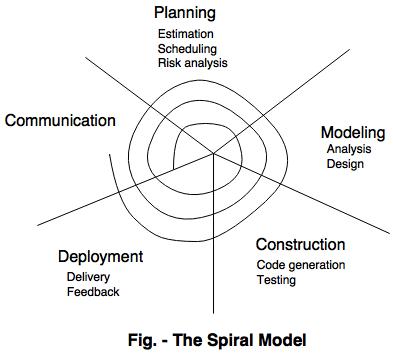Sequential product development is a method of product design and development in which each stage of the process leads to the next without overlap. It is also known as a “waterfall” or “over the wall” method, because at the end of each stage, the design is metaphorically thrown over the wall or down a waterfall to the next design group in the process that will address their particular aspect of the product’s design. The advantage of this methodology is that it enhances managerial control, however, the method has its drawbacks and many manufacturers have recognized the advantages of a more responsive, agile product development model. Product Time to Market Time-to-market is a major drawback to sequential product development methodology because each step in the sequence must be completed before the process can move forward. This wastes time when some elements can be designed concurrently. As an alternative, the concurrent engineering method groups major design elements for a maximum of overlap of activities so that different teams can work at the same time on multiple issues. Lack of Client Collaboration Sequential product development does not allow for client or end-user collaboration. Download lagu coboy junior sahabat sejati mp3.
Product designers and developers consult the client only through a series of interviews and then proceed through the sequential process with a type of tunnel vision. This often results in client dissatisfaction and frustration. The Joint Application Development method, developed by Chuck Morris and Tony Crawford of IBM in the late 1970s, addressed this problem by beginning the design process with a succession of collaborative workshops called JAD sessions in which designers and clients work together on product design in a collaborative process. Brought to you by Rigid Design Process Sequential models have an assembly-line rigidity that tends to stifle design creativity by limiting the input of the different design groups to their particular stage in the sequence of development.
Rapid Application Development models were designed to develop products more quickly in the conceptual stage, utilizing focus groups and workshops to make refinements to prototypes earlier in the development process. Lack of Flexibility Flexibility is severely limited in sequential product development because it is restricted to its linear organization. Flexibility in the development process enables designers to adapt to the marketplace during the development process. The sync-and-stabilize method, developed by David Yoffie of Harvard University and Michael Cusumano of MIT, addressed the flexibility issue by allowing different teams to work in parallel on different aspects of product design while frequently synchronizing their work throughout the development process. Dealing With Complexity Sequential methods of product development can be inefficient in dealing with complex design issues.

The product moves from one design group to the next until the final stage when a prototype is developed. However, with complex designs, many prototypes are often required because prototypes must be tested and evaluated by multiple design groups.
Concurrent Engineering Benefits

Concurrent Model In Software Engineering
The spiral model was designed to address this issue. It uses a four-fold process: assess the strengths and weaknesses of a prototype; define requirements for the second prototype; refine the second prototype and finally, build and test the refined prototype. This allows complex design issues to be addressed as a whole.